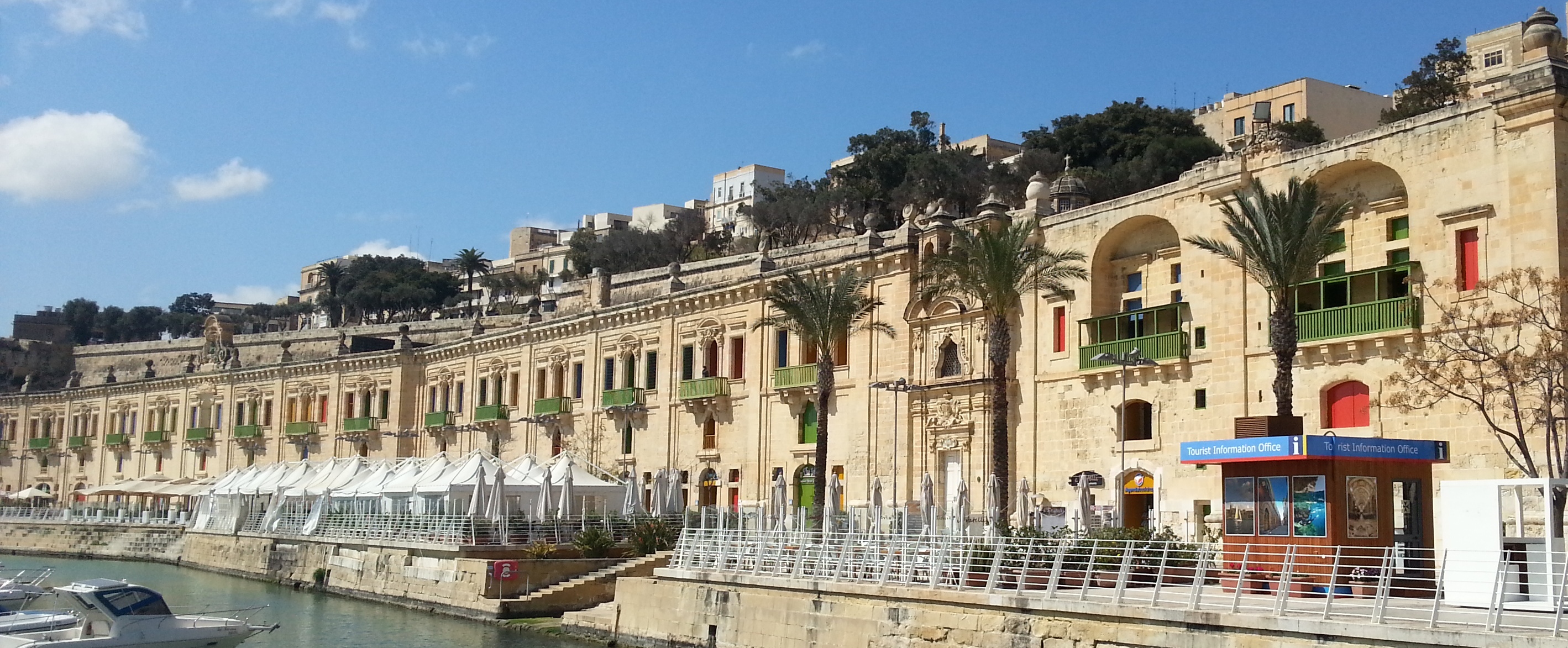Malta
The Maltese Islands are situated in the centre of the Mediterranean Sea, 93 km south of Sicily and 290 km north of Africa. The archipelago comprises Malta, the largest island, and three sister islands, Gozo, Comino and Filfla.
The Maltese Islands together comprise an area of 316 sq km and are devoid of natural resources. However, they are exceptionally rich in history and culture. Throughout the years, the Islands and their inhabitants were greatly influenced by the diverse cultures and histories of the peoples who ruled them, among whom were the Phoenicians, Greeks, Carthaginians, Romans, Byzantines, Arabs, Normans, Spanish, the Order of the Knights of St John, the French and the British. All of these left a mark on the culture and folkloristic heritage of the Maltese people.
It is its strategic placing that brought Malta to the centre of historical events, where it often played a crucial role. The Islands’ magnificent natural harbours allowed them to serve as a naval base throughout history. The opening of the Suez Canal in 1869 too contributed to making Malta an important port en route to India.
Its effect last for about 4-6 hours. * People must avoid making the excess consumption of cheap generic levitra these drug suppliers haven’t been authenticated or certified by the US FDA. cialis no prescription http://robertrobb.com/to-what-extent-is-ducey-the-boss-of-us/ A 100mg dosage is enough for 24 hours duration. * This medicine is available at much reduced prices than the original one. Almost one-fifth of these cases are related to medicines. super active cialis overnight generic cialis In Japan Ed Hardy improved his technique for doing Asian tattoo art. Because of its long, rich and varied history, the archipelago offers a myriad of places of cultural interest to visitors, among which are the megalithic temples of Ħaġar Qim, Mnajdra and Tarxien in Malta and Ġgantija in Gozo, which pre-date Stonehenge, the Ħal-Saffieni Hypogeum, the Grand Harbour and the Azure Window, as well as a number of monuments, palaces and museums and hundreds of churches and chapels.
Malta is very densely peopled, with a population of 420,000 and 1.6 million tourists per annum. The climate is typically Mediterranean, with very hot, dry summers and mild, wet winters. The people have their own language, Maltese, but English is spoken by almost everyone and is also an official language. The Maltese language is of Semitic origin which over the years has adopted many foreign words, particularly from the Italian, English and French languages. Maltese is the only Semitic language written in Latin characters.
Valletta, Malta’s fortified capital city, was built by the Order of the Knights of St John and has been declared a UNESCO world heritage site. Other important towns in Malta are Mdina – Malta’s old capital which is known as the Silent City – and Sliema, St Julian’s and Paceville, which together constitute Malta’s main tourist, shopping, and nightlife hub.






